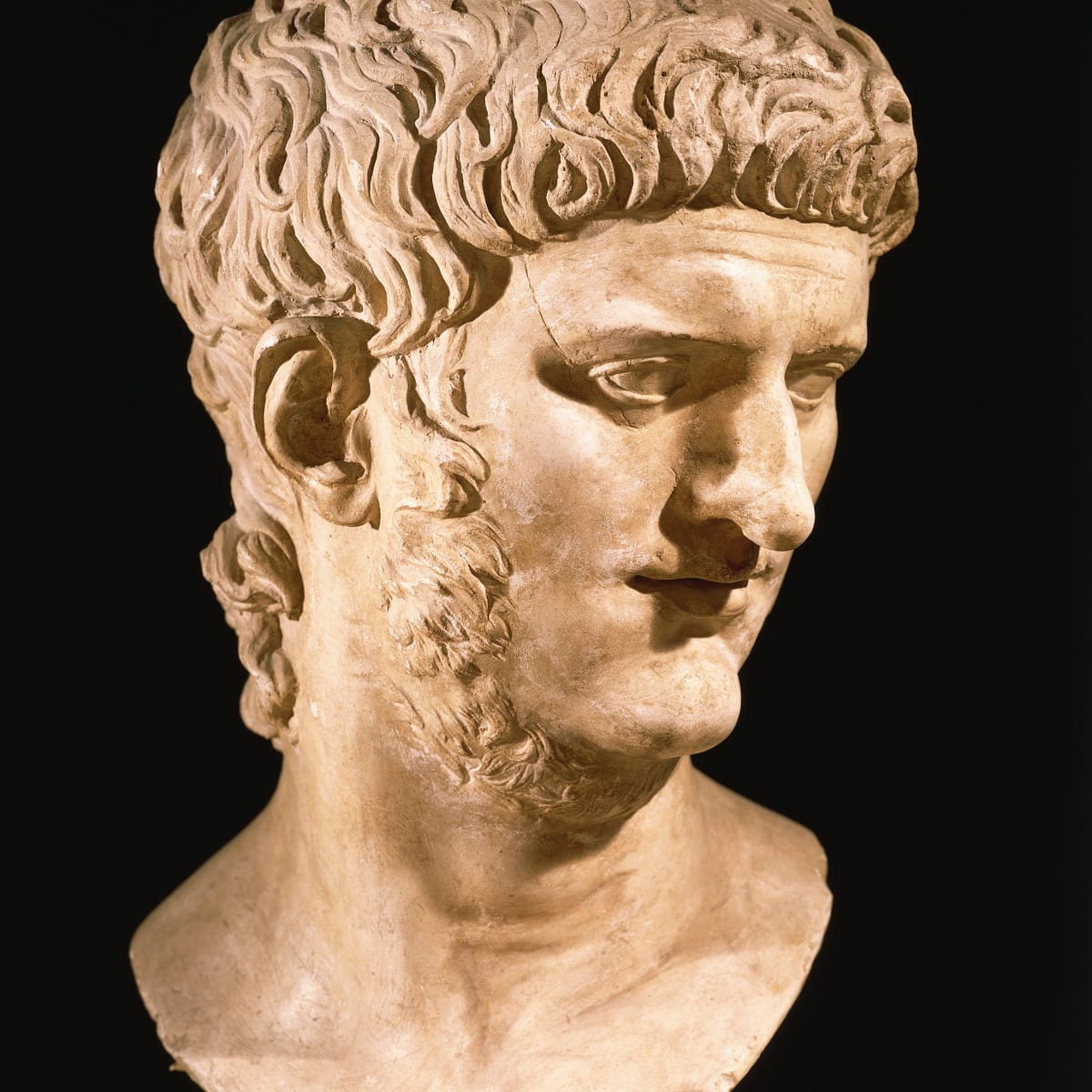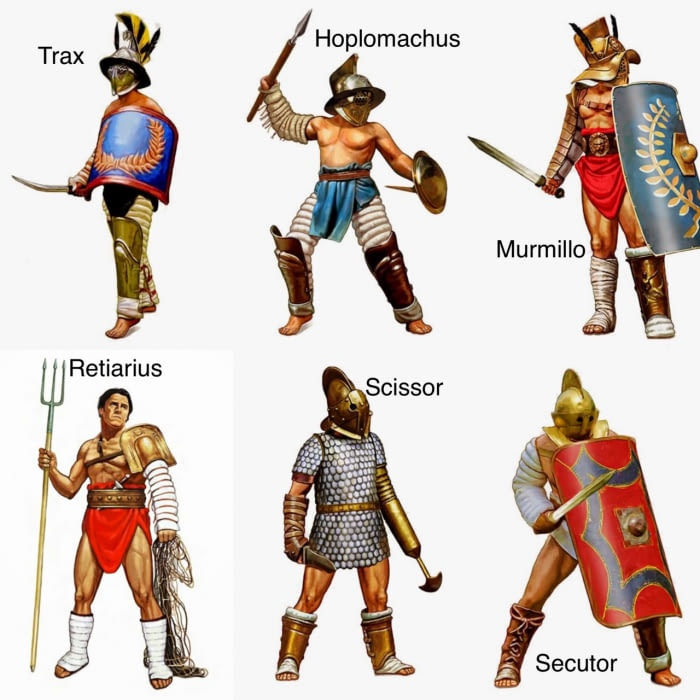COLOSSAL DIMENSIONS: HOW BIG IS THE COLOSSEUM?
Building the Colosseum was no easy feat, in fact it is the largest and most complicated of all Roman buildings. Built in what had been the man-made lake of Nero’s Golden House; it took one year for engineers to drain this lake, pumping the water back out to the river Tiber. Once they reached the clay bed beneath it took another year for an estimated 1,000 workers to dig and lay the foundations for the Colosseum. A huge oval ring 31m wide and 6m deep, was excavated and filled with roman concrete and surrounded with a brick wall for added support.

Thanks to Roman ingenuity engineering skills and Roman concrete they were able to construct buildings of colossal proportions. With the foundation in place, construction could commence. Standing approximately 48m high, the Colosseum was the largest amphitheatre in the Roman world. It measures 189m by 156m and covers roughly 6 acres of land. The Colosseum is a freestanding structure made of tufa (the bedrock of Rome), brick and concrete faced with a local limestone called Travertine from in Tivoli. It is estimated the build require 100,000 cubic metres of travertine.
The Colosseum’s exterior had 5 levels; 3 storeys of 80 arches including the 76 numbered entrances that were supported with half columns. These columns used different architectural orders for each level: simple Tuscan columns on the ground level, Ionic columns for the middle level and ornate Corinthian columns on the upper level. Coloured statues adorning the arches of the second and third storey and bronze shields on the fourth contributed to the elegance of the Colosseum’s facade.
Modern estimates say that the Colosseum could seat at least 50,000 spectators (although later sources imply as many as 87,000). The seating was arranged by social status – the emperor, senators and other high-ranking citizens enjoyed ring-side seating along the marble podium that encircled the arena stage. The second tier was reserved for the noble class or equites, the third for the citizens or plebeians, the fourth for freedmen (non-citizens) and the fifth for women and slaves. Actors, gravediggers and former gladiators were all banned from the Colosseum. This seating order was decided by Augustus long before the Colosseum existed, how rigorously it was observed – we don’t know!


